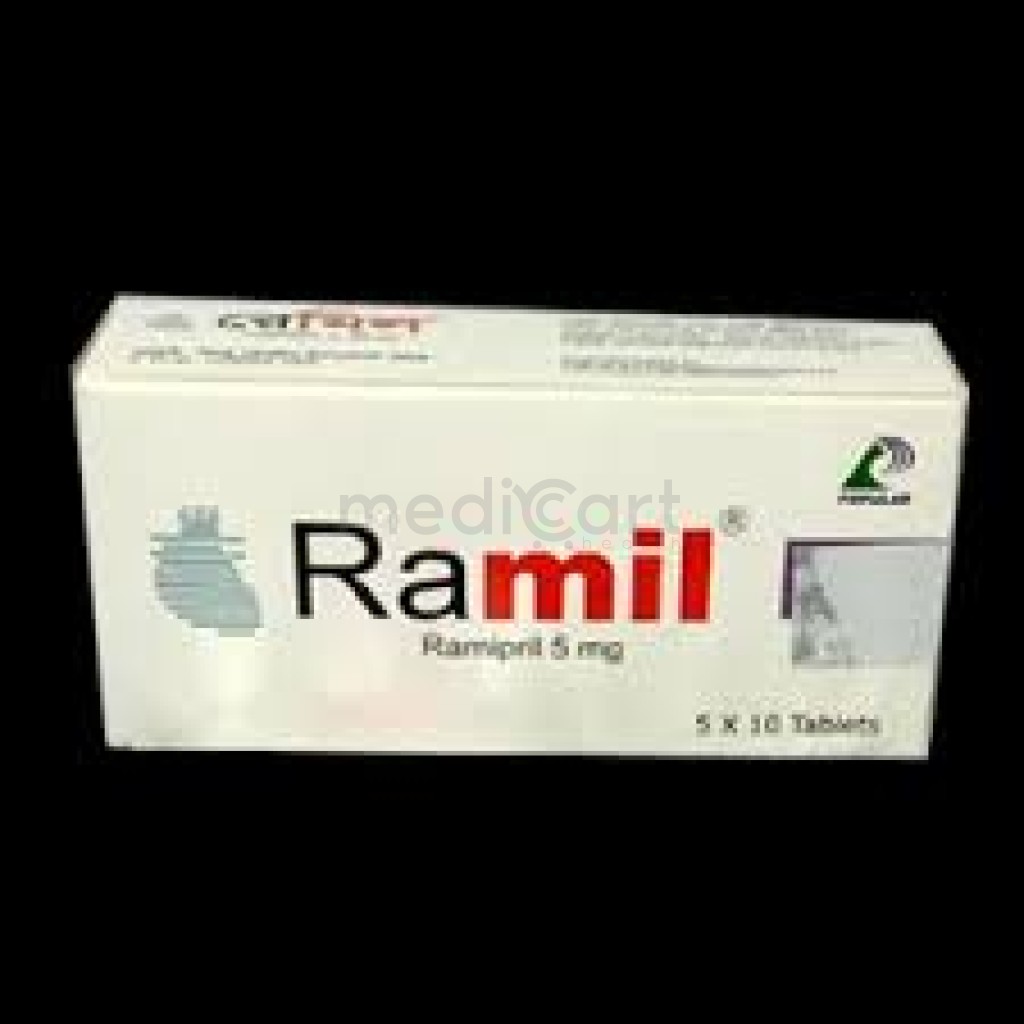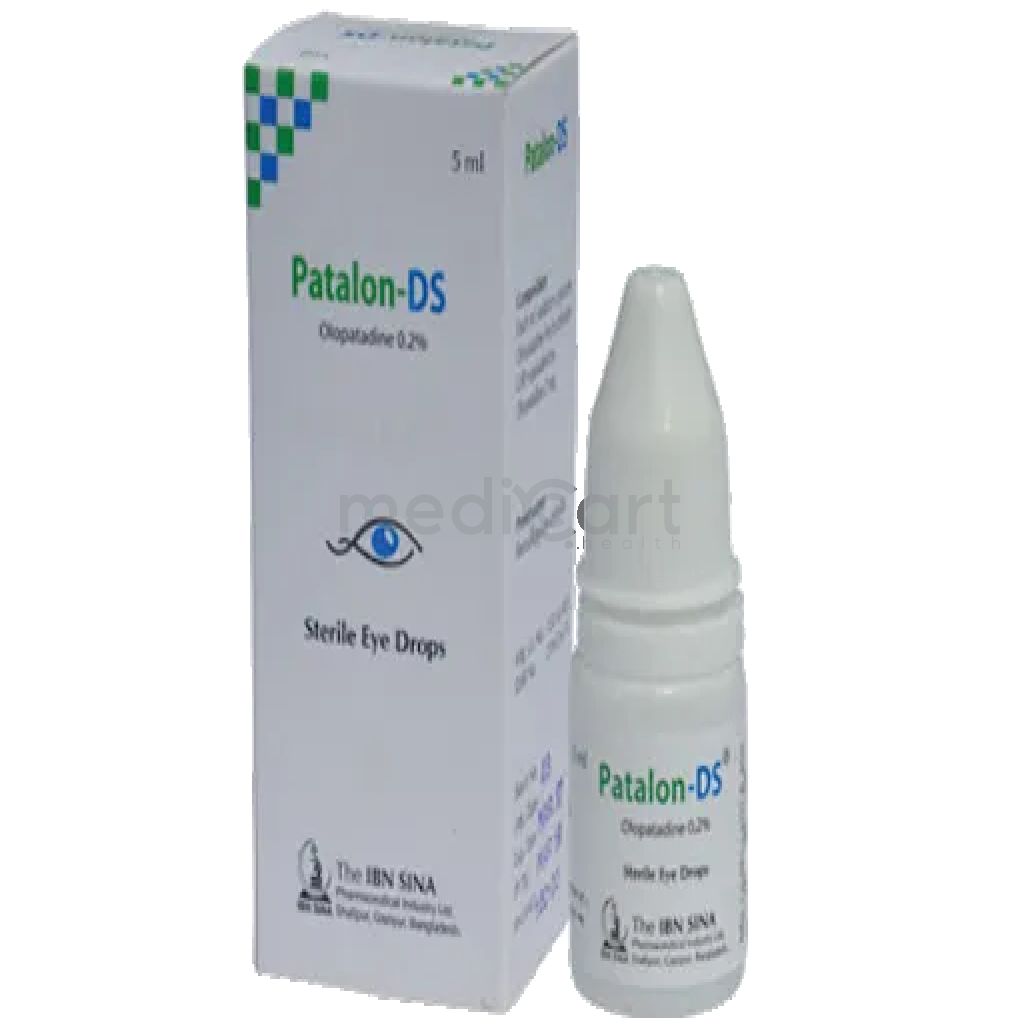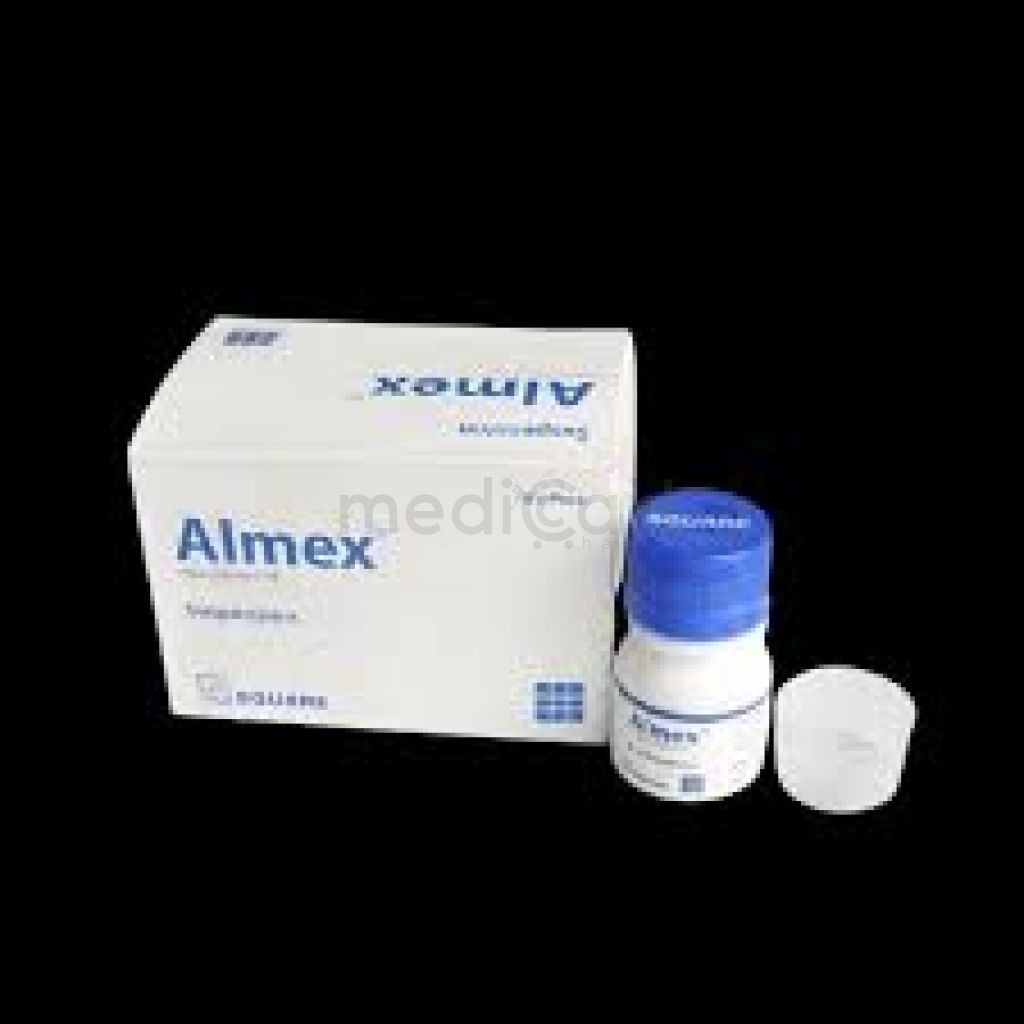

Cefamax - 200mg
Capsule* Delivery will be done in Dhaka city only.
More Information About - Cefamax - 200mg
Description
Generic Name
Ceftibuten
Precaution
Hypersensitivity to penicillins; renal impairment; Porphyria. Monitor renal and haematologic status. Lactation: excretion in milk unknown; use with caution
Indication
Respiratory tract infections, Urinary tract infections
Contra Indication
Hypersensitivity to cephalosporins.
Dose
N/A
Side Effect
1-10% Increased BUN (4%),Nausea (4%),Diarrhea (3%),Headache (3%),Increased eosinophils (3%),Decreased hemoglobin (2%),Dyspepsia (2%),Thrombocytosis (2%),Abdominal pain (1%),Dizziness (1%),Increased ALT (1%),Increased bilirubin (1%),Vomiting (1%) <1% Anorexia,Candidiasis,Constipation,Dysuria,Agitation,Fatigue,Insomnia,Irritability,Paresthesia,Rigors,Diaper rash,Urticaria,Dry mouth,Dyspnea,Nasal congestion,Increased transaminases,Increased creatinine,Leukopenia Potentially Fatal: Pseudomembranous colitis.
Pregnancy Category
Name : B
Description
Animal reproduction studies have failed to demonstrate a risk to the fetus and there are no adequate and well-controlled studies in pregnant women OR Animal studies have shown an adverse effect, but adequate and well-controlled studies in pregnant women have failed to demonstrate a risk to the fetus in any trimester.Mode of Action
Ceftibuten inhibits bacterial cell wall synthesis. It is stable to hydrolysis by many beta-lactamases and has greater activity than 1st or 2nd generation cephalosporins against gm-ve bacteria. It is less active in vitro than cefexime against S. pneumoniae.
Interaction
Enhanced nephrotoxicity of aminoglycosides. Increased serum concentration w/ probenecid. Decreased serum concentration w/ zinc salts.
Pregnancy Category Note
Pregnancy Category: B Lactation: excretion in milk unknown; use with caution
Adult Dose
Oral Respiratory tract infections, Urinary tract infections Adult: 400 mg once daily for 10 days.
Child Dose
Child: <6 months: Safety and efficacy not established 6-12 years old or <45 kg: 9 mg/kg PO qDay; 400 mg/day PO for 10 days maximum >12 years old or >45 kg: As in adults
Renal Dose
Renal impairment: CrCl (ml/min) 30-49 200 mg once daily. 5-29 100 mg once daily.
Administration
Susp: Should be taken on an empty stomach. Take 2 hr before or 1 hr after meals. Cap: May be taken with or without food.
Generic Name
Ceftibuten
Precaution
Hypersensitivity to penicillins; renal impairment; Porphyria. Monitor renal and haematologic status. Lactation: excretion in milk unknown; use with caution
Indication
Respiratory tract infections, Urinary tract infections
Contra Indication
Hypersensitivity to cephalosporins.
Dose
N/A
Side Effect
1-10% Increased BUN (4%),Nausea (4%),Diarrhea (3%),Headache (3%),Increased eosinophils (3%),Decreased hemoglobin (2%),Dyspepsia (2%),Thrombocytosis (2%),Abdominal pain (1%),Dizziness (1%),Increased ALT (1%),Increased bilirubin (1%),Vomiting (1%) <1% Anorexia,Candidiasis,Constipation,Dysuria,Agitation,Fatigue,Insomnia,Irritability,Paresthesia,Rigors,Diaper rash,Urticaria,Dry mouth,Dyspnea,Nasal congestion,Increased transaminases,Increased creatinine,Leukopenia Potentially Fatal: Pseudomembranous colitis.
Pregnancy Category
Name : B
Description
Animal reproduction studies have failed to demonstrate a risk to the fetus and there are no adequate and well-controlled studies in pregnant women OR Animal studies have shown an adverse effect, but adequate and well-controlled studies in pregnant women have failed to demonstrate a risk to the fetus in any trimester.Mode of Action
Ceftibuten inhibits bacterial cell wall synthesis. It is stable to hydrolysis by many beta-lactamases and has greater activity than 1st or 2nd generation cephalosporins against gm-ve bacteria. It is less active in vitro than cefexime against S. pneumoniae.
Interaction
Enhanced nephrotoxicity of aminoglycosides. Increased serum concentration w/ probenecid. Decreased serum concentration w/ zinc salts.
Pregnancy Category Note
Pregnancy Category: B Lactation: excretion in milk unknown; use with caution
Adult Dose
Oral Respiratory tract infections, Urinary tract infections Adult: 400 mg once daily for 10 days.
Child Dose
Child: <6 months: Safety and efficacy not established 6-12 years old or <45 kg: 9 mg/kg PO qDay; 400 mg/day PO for 10 days maximum >12 years old or >45 kg: As in adults
Renal Dose
Renal impairment: CrCl (ml/min) 30-49 200 mg once daily. 5-29 100 mg once daily.
Administration
Susp: Should be taken on an empty stomach. Take 2 hr before or 1 hr after meals. Cap: May be taken with or without food.
Disclaimer
The information provided herein are for informational purposes only and not intended to be a substitute for professional medical advice, diagnosis, or treatment. Please note that this information should not be treated as a replacement for physical medical consultation or advice. Great effort has been placed to provide accurate and comprehensive data. However, Medicart along with its authors and editors make no representations or warranties and specifically disclaim all liability for any medical information provided on the site. The absence of any information and/or warning to any drug shall not be considered and assumed as an implied assurance of the Company.






